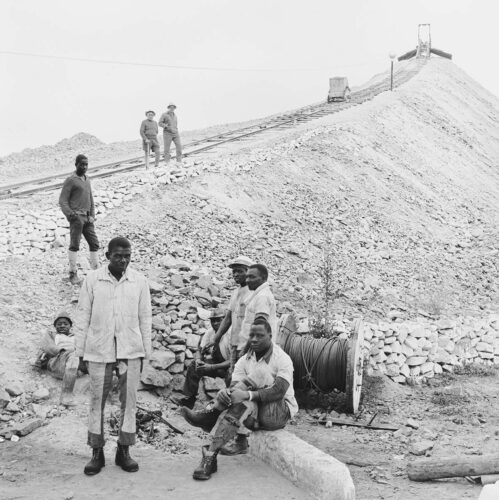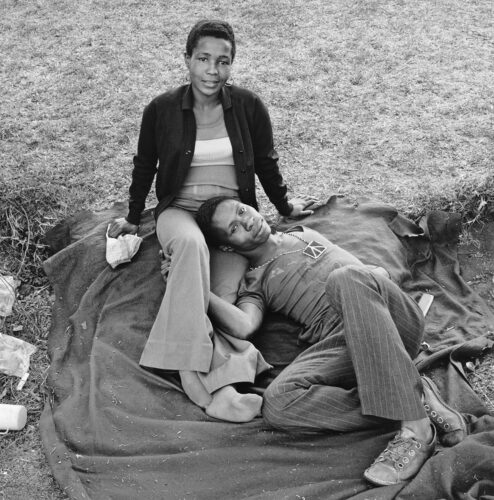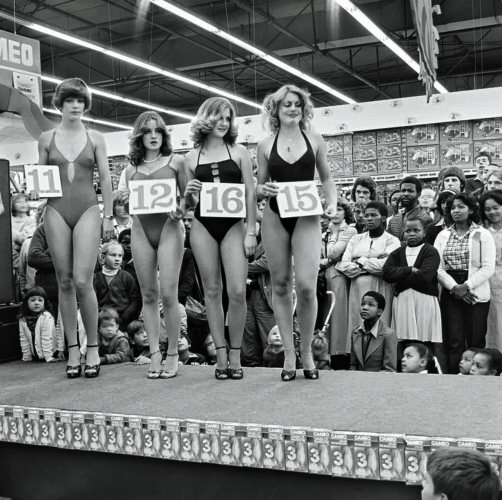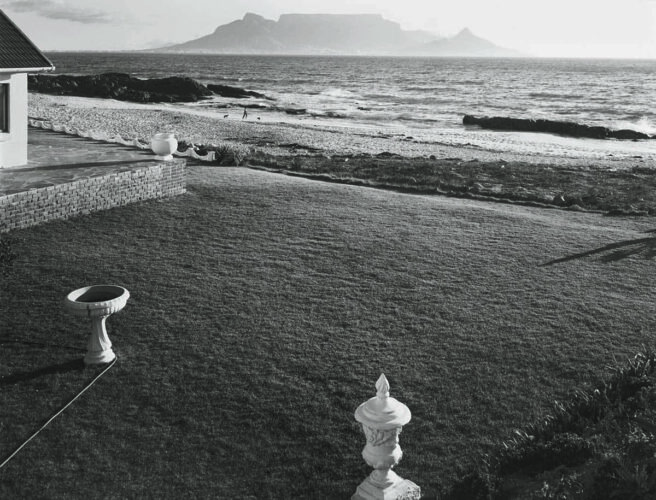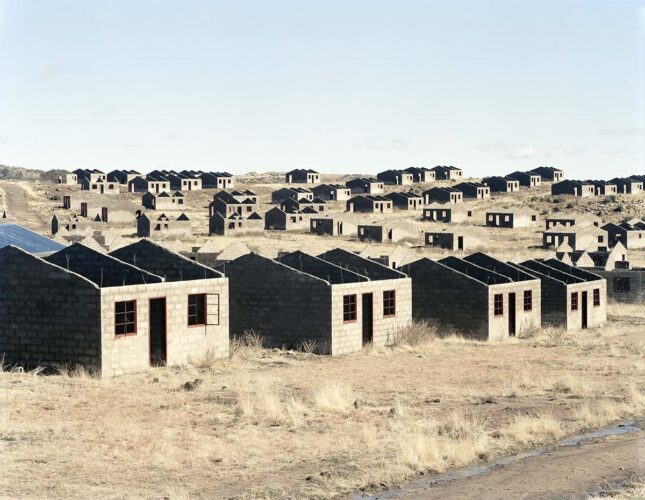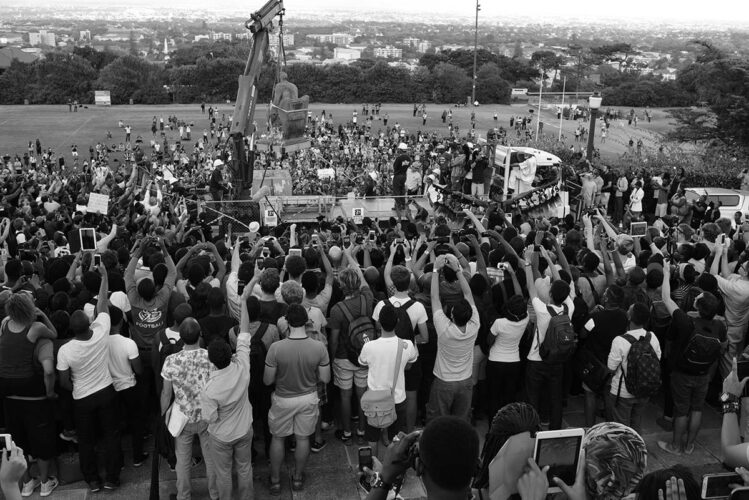EXPOSICIONES
Sin segundas intenciones
David Goldblatt
30 may. — 25 ago. 2024
Fundación MAPFRE
— Madrid
Inauguración
24 de mayo, 12h
Comisariado por
Judy Ditner, Leslie M. Wilson y Matthew S. Wikovsky
Organiza
Fundación MAPFRE
Colabora
Art Institute of Chicago y Yale University Art Gallery
Horarios de la sede
Lunes
14:00–20:00
Martes a sábado
11:00–20:00
Domingo
11:00–19:00
Sede
Fundación MAPFRE
P.º de Recoletos, 23
Mapa
A lo largo de sus siete décadas de carrera artística David Goldblatt (1930, Randfontein- 2018, Johannesburgo) abarcó una amplia extensión de territorio geográfico, casi toda Sudáfrica, así como una gran variedad de situaciones humanas que muestran el día a día de sus conciudadanos durante y después del apartheid. Su trabajo, que fue recogiendo en libros, se desarrolló, desde sus inicios en 1950, de forma paralela a la evolución histórica, política, social y económica del país. Conocido por registrar visualmente el Estado del apartheid, que asignaba oficialmente privilegios o privaciones en función de categorías raciales, la naturalidad y serenidad de las imágenes del artista revelan una mirada contemplativa y una gran humanidad.
Goldblatt fotografió con gran objetividad a observadores, disidentes, colonos, víctimas, las ciudades en las que vivían y sus edificios. Imágenes en las que la violencia no se manifiesta de manera explícita y visible. Tal y como el propio autor señaló: huyo de la violencia. Y no sé qué haría si tuviera que fotografiar una escena violenta [..] Pero hace tiempo que me di cuenta -me costó unos cuantos años darme cuenta- de que los acontecimientos en sí no me interesan tanto como las condiciones que conducen a estos acontecimientos. Estas condiciones son a menudo bastante cotidianas y, sin embargo, en ellas se aprecia lo inminente. Lo inmanente e inminente.
David Goldblatt: sin segundas intenciones, reúne cerca de 150 obras de varias de sus series para mostrar la continuidad de su trabajo. Además, ofrece un diálogo con la obra de otros artistas sudafricanos de entre una y tres generaciones posteriores al autor, entre los que cabe citar a Lebohang Kganye, Santu Mofokeng o Jo Ractliffe, entre otros.
Exposición coorganizada por The Art Institute of Chicago y la Yale University Art Gallery, New Haven, en colaboración con Fundación MAPFRE, Madrid.
La gira de la exposición y la publicación que la acompaña han sido posibles gracias a Jane P. Watkins.
Over the course of his seven-decade artistic career, David Goldblatt (1930, Randfontein- 2018, Johannesburg) encompassed a broad geographical area, almost all of South Africa, as well as a wide variety of human situations that show the everyday lives of his fellow citizens during and after apartheid. Since he got his start in 1950, his work developed parallel to the country’s historical, political, social and economic evolution. Known for visually recording the apartheid state, which officially assigned privileges or deprivations depending on racial categories, the naturalness and serenity of the artist’s images reveal a contemplative view and a deep humanity.
Goldblatt objectively photographed observers, dissenters, colonists, victims, the cities where they lived and their buildings. In his images, violence is not explicitly and visibly manifested. As he stated: ‘I avoid violence. I don’t know what I’d do if I had to photograph a violent scene […]. But some time ago I realised—it took me many years to realise it—that the events themselves did not interest me as much as the conditions that led to them. These conditions are often fairly everyday, and yet one can detect the imminent in them. The immanent and imminent.’
David Goldblatt: No Ulterior Motive brings together almost 150 works from different series to show the unity of his work. It also engages in dialogue with works by other South African artists from one to three generations after him, including Lebohang Kganye, Santu Mofokeng and Jo Ractliffe, among others.



